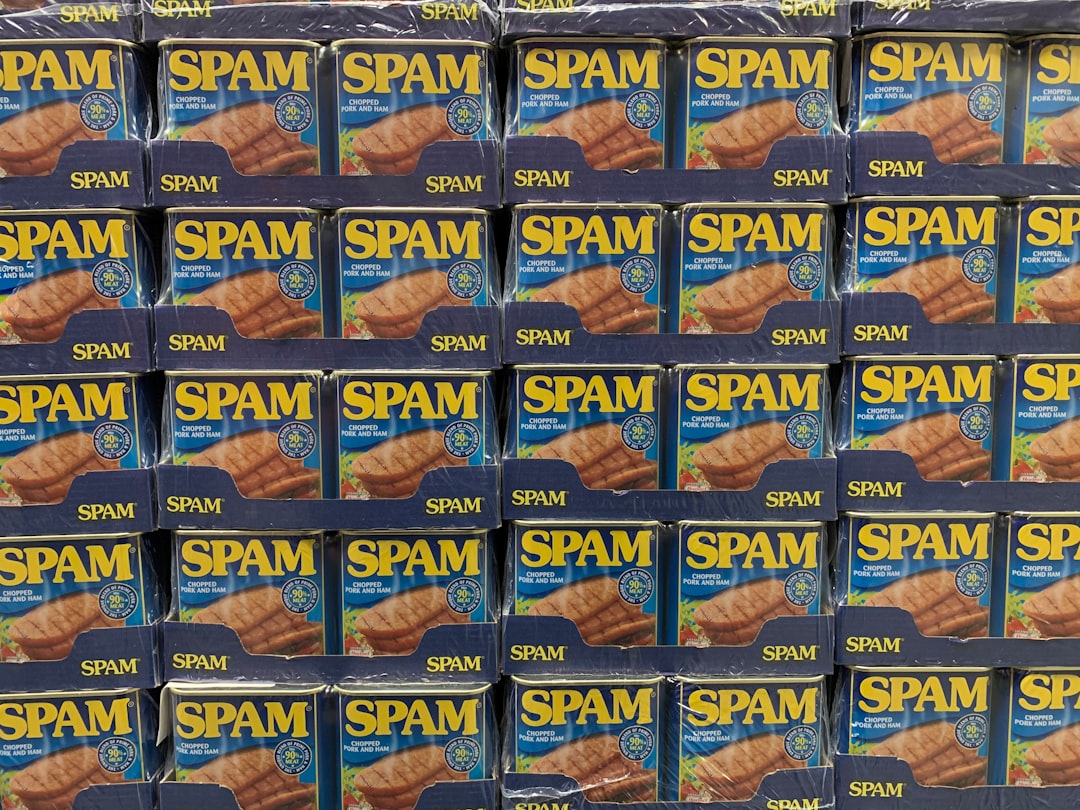Your cart is currently empty!

Are we witnessing the enshittification of Kickstarter?
Enshittification is creeping through more and more of the digital world. Are we about to see what happens when it reaches crowdfunding?
We’re witnessing an extraordinary proliferation of enshittification at the moment, a term coined by writer Cory Doctorow to describe much of the behaviour we’re witnessing in the tech industry. In his words:
Here is how platforms die: first, they are good to their users; then they abuse their users to make things better for their business customers; finally, they abuse those business customers to claw back all the value for themselves. Then, they die.
This – in a nutshell – is the enshittification lifecycle, and you’ve probably seen or felt its effects across myriad products or systems or services.
The interesting thing is that it arises not because of entropy, but because it’s a business model for a certain group of people, particularly those who are excited about software as a service, rather than actually just offering high-quality software (yes, I’m looking at you Adobe).
Is this the fate that befalls all online platforms and infrastructure?
I’d like to think not. I’d like to think that cooler heads will prevail and prevent a race to the bottom. But I’m also sensing a shift in many of the platforms I frequent, and the one I want to bring up today is Kickstarter.
Kickstarter is the biggest platform for reward-based crowdfunding in the world, providing a platform to enable creators to sell products direct to their audience. I use it regularly to launch my comics and books, and also to pick up books, comics, and games from other creators. It has empowered creators and allowed many to build sustainable careers.
Yet, as we have seen with social media, we’re only ever renting someone else’s platform. The project pages we make are not “ours,” an even though we own the copyright on the material we include there, we are licensing it all to Kickstarter to monetize in any way they see fit.
Sure, creators have done well through Kickstarter, and so have backers. But enshittification appears endemic in the online world, so now that Kickstarter has locked in creators and backers, is it now time that it will start extracting value from us all?
Two things have happened that make me question whether we’re about to see the enshittification of Kickstarter. Both are recent changes that seem to shift value to Kickstarter and away from creators/backers.
Projects we love
I don’t have hard data to back this one up, and to be honest I think collecting a large dataset on this issue is very difficult, but this is something I’ve seen and puzzled over for some time.
Kickstarter has always rewarded select projects with the “project we love” designation, which was originally something decided on by individuals within the company. This award is meant to showcase high-quality projects, and they receive extra promotion in the Kickstarter algorithm and through the numerous mailing channels they use.
But I noticed something strange about a year ago. Several projects were not bestowed with this designation, until they hit their funding target. At that point, the creators were notified that their project was now a “project we love.”
I know what you’re thinking. Maybe the review team missed doing a detailed review of the project, and by the time they got to it – it was already funded. I thought that, too. But then it happened again, and again, and again, and I couldn’t figure out why.
But when viewed through the lens of enshittification, this starts to make sense.
Kickstarter only gets paid from successful projects. Thus, it has every incentive to ensure as many projects as possible are funded, and to the highest amount possible, since their payment is a percentage of the total funding raised.
Projects that hit their funding goal are ones that Kickstarter knows it will benefit from, and so it is incentivized to help those projects maximize their funding total. Bestowing the “project we love” designation to these projects raises their profile on the platform, thus helping them to (potentially) raise more money.
Of course, they still hand this designation out to many projects in pre-launch or upon launch, so there is still some human decision-making in the loop (I hope) which is trying to pick high-quality or interesting projects to promote, but doing this after projects get funded is a suspicious move that speaks more to a self-dealing profit motive than to support for creators.
The wild west of spam
The most recent shift which made me think about enshittification has been the proliferation of AI and/or low-quality comic campaigns being launched on the platform.
This has been well documented by other observers, who noticed that spam projects were beginning to proliferate over the summer, and were drowning out bona fide projects from creators.
Again, this made no sense. These projects often have no artwork, generic stories, and are trying to raise an absurd amount of funding, and are extremely unlikely to be successful.
So why were they being launched?
My first thought was to blame a competitor platform, as flooding Kickstarter with very low-quality or spam projects could potentially cause backers to stop trusting the platform. But even that really didn’t make sense as an answer, since there is supposed to be a quality review check in place, so such projects should never have passed this screen.
Clearly, the screening wasn’t working, and judging by the continued presence of spam projects, it still isn’t.
But, again, when you view this through the enshittification lens, it starts to make more sense.
What if the long-term goal of Kickstarter isn’t simply to collect a small share of funding from creator projects. What if they want to make more money? How? By selling all the project data to train AI.
For the moment, let’s assume this is true. In that case, they would want to have the largest dataset possible (since the value is tied to its size). The profit motive is driven to remove the review process entirely, since this is the key barrier. This means we see more spam projects that can never be funded, but that’s okay, because the data is still valuable – even more so if Kickstarter can add differential tags to projects to indicate high/low quality.
Sure, the platform is then full of spam or low-quality projects, but this – they will argue – makes it easier to see and support those that are high-quality. Thus, everyone wins: creators, backers, and the platform itself.
Except the creator’s work is being used to train AI, which they will not receive any remuneration for, and as the platform starts to sink under the weight of low-quality projects, it will become harder for creators to receive as much funding.
Ultimately, the only winner here is the platform itself.
Okay, this is a pretty bleak picture. Let’s assume the counterfactual. Let’s assume this is not true. They why are there so many spam projects being approved? This likely speaks to a process problem: either incompetence in the review team – or perhaps a much smaller review team who are being ‘supported’ by an algorithm (maybe even an AI). In this case, I could see some of these spam projects being approved as there’s simply not enough personnel to do a quality check.
If this is the case, it shouldn’t make us feel any better. The all-or-nothing (AON) model that defines Kickstarter is intended to be a signifier of high-quality products. The thinking is that creators with lower-quality products, knowing they are unlikely to receive a large funding total, will go instead to other platforms operating on a keep-what-you-make (KWYM) model.
The proliferation of low-quality products on the platform, by design or by accident, does have an impact on creator discoverability, but also on backer trust levels – turning the platform into an e-commerce platform rather than a crowdfunding one.
What does this mean for creators?
If my hypothesis is correct, and that is questionable since two data points does not make a trend, does this mean we should abandon Kickstarter?
I don’t think so. For reward-based crowdfunding, it’s still the biggest and best platform out there, despite the irregularities we are witnessing.
But longer term, I’m a little worried. This is one of those cases where you hope you’re wrong, and I really hope I’m off base on this. Yet, I can’t help but feel we are seeing a transition in how the platform is being run, and with the vast amounts of data (video, images, text, and more) simply sitting on their servers, it seems only logical that it will be exploited for AI training: either sold to another company or maybe even used to train their own model.
Creators should be aware of this potential path, and diversify accordingly. That means exploring the capability of other platforms and their unique audiences. I suspect it could mean that we launch on multiple platforms in sequence: perhaps starting with a Kickstarter launch, but then also launching on a platform like Indiegogo or Crowdfundr. Ultimately, it may even mean creators need to host their own crowdfunding campaigns on their own site (for example), although that definitely comes with a host of discoverability challenges.
Perhaps a more practical step is for creators to engage directly with Kickstarter about their plans, and encourage more transparency about these issues, and the planned response. Creators still have some influence with the platform (I hope) and their voices can help shape its future for the better.
What do you think? Am I out to lunch on this? Is this all perfectly normal, and I’m looking for problems where none exist? Let me know in the comments.

Leave a Reply